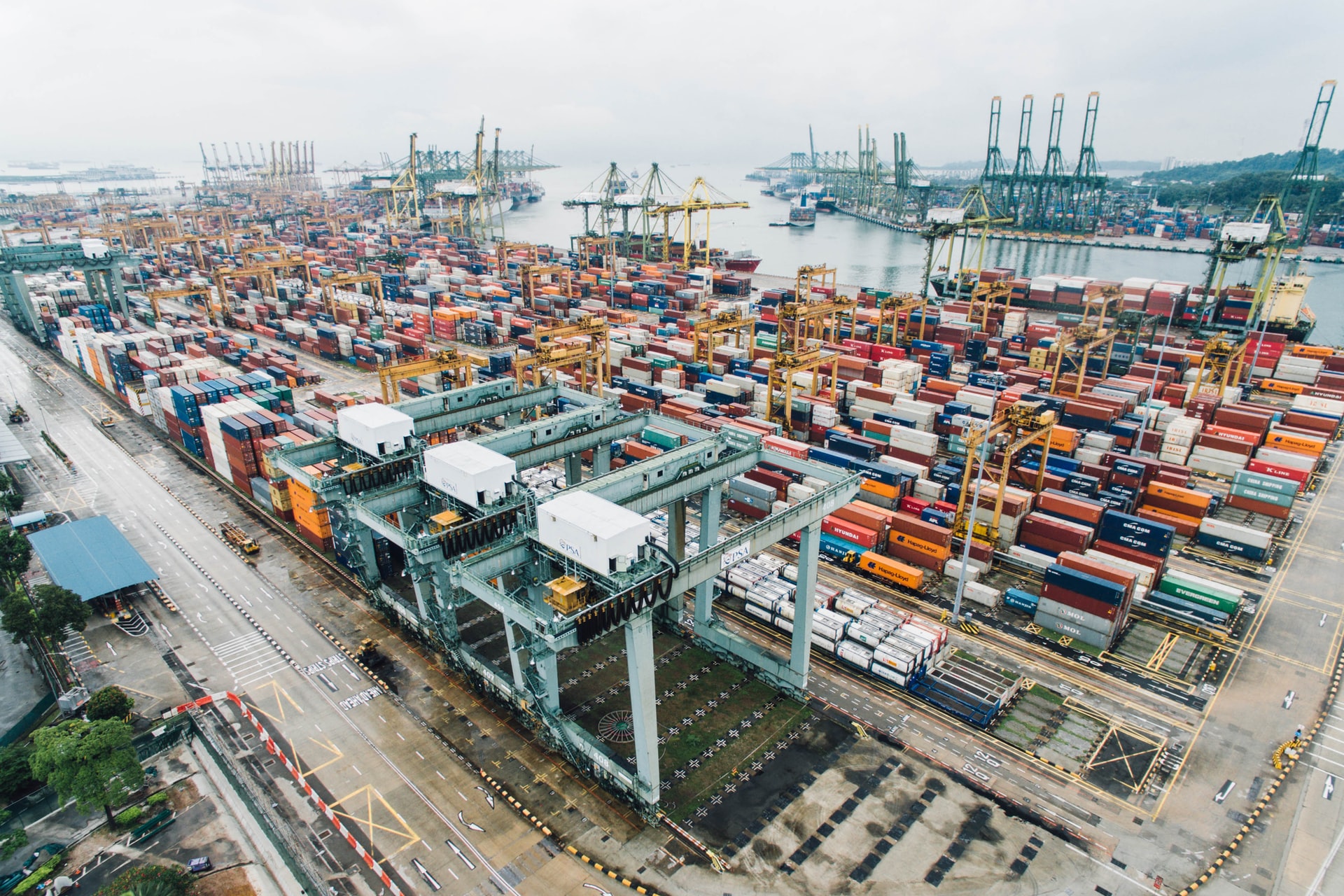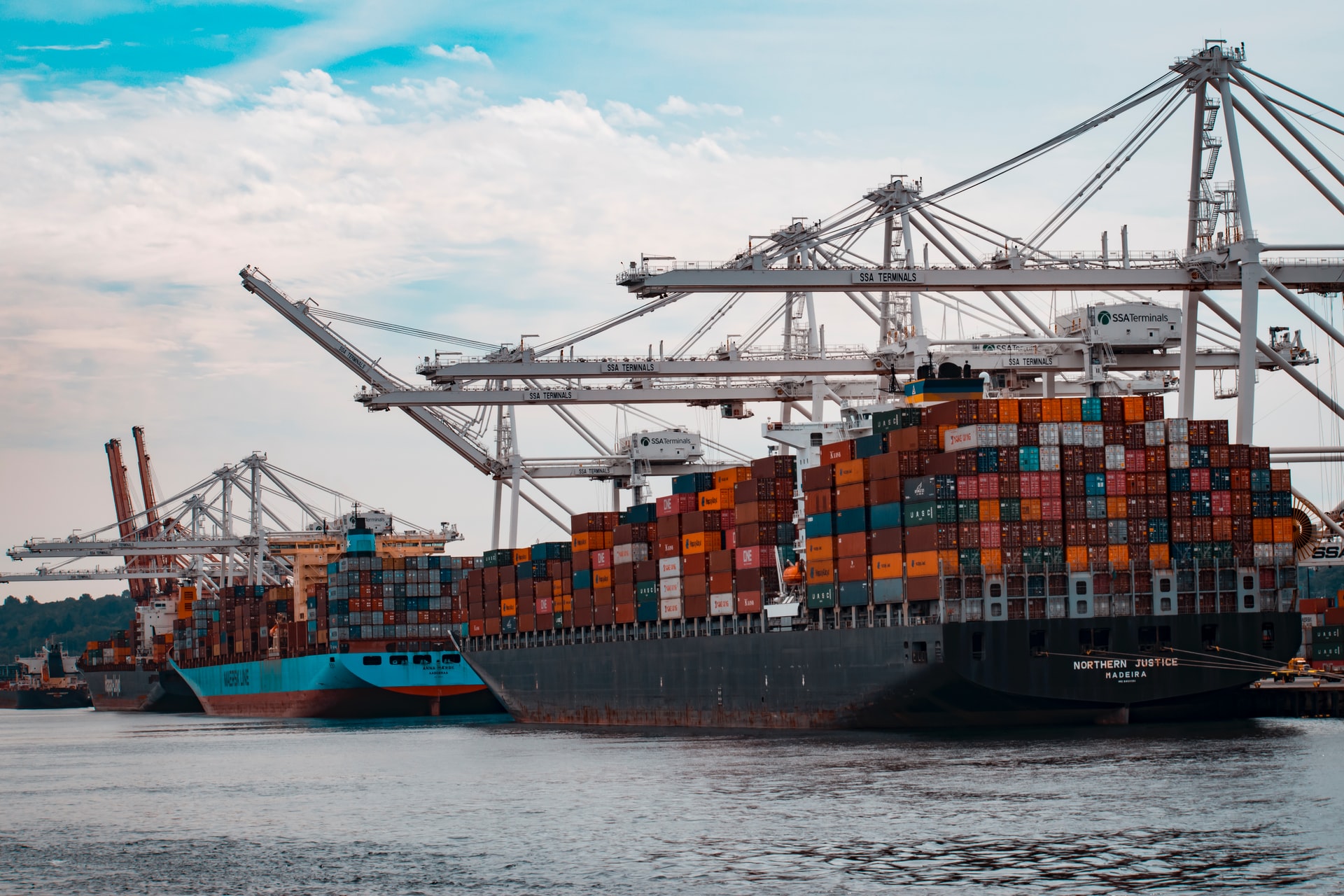With over 95% of UK imports and exports transported by sea, UK ports and docks operate constantly. As a result, work schedules are carefully planned and extremely tight – any period of downtime, no matter how small, can cause significant backlogs.
Ports and docks are subject to numerous fire safety risks, from the continued use of onsite vehicles to the storage of flammable materials. In the following article, we explore how port operators can mitigate their risks and ensure a safe site for staff and visitors.
What are your responsibilities?
For sustained port operations, ensuring the safety of teams, assets and visitors, while minimising downtime is essential. Responsibility to achieve this lies with port operators, who have a duty to identify their site’s risk areas and implement the relevant safety measures to mitigate these. Regular risk assessments are key.
General health and safety legislation is laid out in both The Health and Safety at Work (HSW) Act (1974) and the Management of Health and Safety at Work Regulations (1999). The HSE introduced its Approved Code of Practice (ACOP) ‘Safety in Docks’ in 2014 to help the port industry to comply with the requirements detailed in the HSW Act and lift the overall safety of the sector.
Although not mandatory, The Department of Transport’s government-endorsed, 2016 Port Marine Safety Code, outlines a pragmatic approach, helping to ensure higher safety standards across the port industry.
What are the common safety risks facing ports and docks?
1.Storage
Thousands of lorries pass through ports every day, delivering and collecting a range of different materials for import and export. These materials can often be stored at port sites for some time before being collected for online shipping. This can pose significant fire risks and, as such, all materials and containers must be monitored and managed carefully.
Some key risks associated with material storage at ports include:
-
Flammable materials
Any containers which are carrying flammable materials – such as fuels or alcohols – should be stored separately and away from the port’s main, operations area. These should also remain closed at all times when they are not in use to reduce the risk of any fire spreading.
-
Loose materials
Loose materials, such as Biomass or wood chippings can bring about significant fire risks, as they can to self-combust. When these are carried in a ship’s hold, hotspots can begin to form. These hotspots can become activated once the material is transported from the hold and separated into smaller piles. As a result, temperatures should be closely monitored on a regular basis.
-
Hidden risks
Often, shipping containers arriving at ports are sealed and, as a result, materials – and their related risks – are not always known. It’s essential to monitor the materials within these containers to ensure you are putting the appropriate measures and controls in place to reduce the risks they pose.
2.Vehicles and machinery
-
Onsite vehicles
To fulfil the intense schedule of imports and exports, many onsite vehicles will be in continuous operation. This poses several fire risks, for example the build up of dust in cargoes can cause clogging. Every vehicle which is kept on site should be subject to regular maintenance and – in line with the Port Authority’s regulations – should be fitted with suitable fire protection equipment.
-
Machinery
As much of the equipment and machinery at ports is in constant use, it can be at risk of overheating. As such, all machinery should be monitored frequently to check temperatures, reduce the build-up of any dust and ensure its ongoing, safe use.
3.Weather
Due to their locations, ports are susceptible to extreme weather conditions. These can influence how effective the site’s fire protection is. For example, high, costal winds can result in fires spreading more quickly. Your fire protection solution should account for the various environmental factors facing your port to ensure it remains as effective as possible.

A guide to compliance, safety and minimal downtime
1.Develop a site map
Creating and implementing a site map is the essential first step on your route to compliance. This map should detail all on site buildings, their locations and their operational uses. It should also include details of all routes in and out of the port, including those intended for emergency vehicles should you require assistance in an emergency.
In defining buildings’ operational uses, you can start to attribute common safety risks to individual buildings on your site. For example, you may store all flammable materials in one building to collectively manage the risks they pose.
This map should be displayed clearly throughout your site.
2.Carry out regular risk assessments
Fire risk assessments will help you to identify exactly how and where your site is most vulnerable to fire. This can provide you with the information you need to ensure your site remains as safe as possible.
Such assessments should be carried out on a regular basis to monitor evolving risks – such as the transportation of new products, new onsite machinery or changing site personnel.
3.Get the right protection equipment in place
Every port has individual requirements – your fire detection and suppression solutions should account for this.
Your solution should be unique to your port’s needs. Your risk assessment can help you to make the right decision when it comes to selecting the most suitable and effective fire detection and suppression solution.
4.Train key site personnel
Simply installing the right equipment does not guarantee site safety. For this equipment to be as safe as possible, it’s crucial you’re embedding the importance of health and safety into your port’s day-to-day operations.
A key part of this is ensuring all key, responsible members of staff are fully trained about the emergency equipment available, where it can be found and how it works. This will ensure your emergency procedures are implemented safely should a fire occur.
Ensuring your port’s safety
For more information, or to book your free site survey, get in touch with us today.
Image source:
Contact us
Do you own or operate a business that needs fire protection?
Call us today on 0800 975 5767, or fill in our contact form, to speak with a member of our team.


